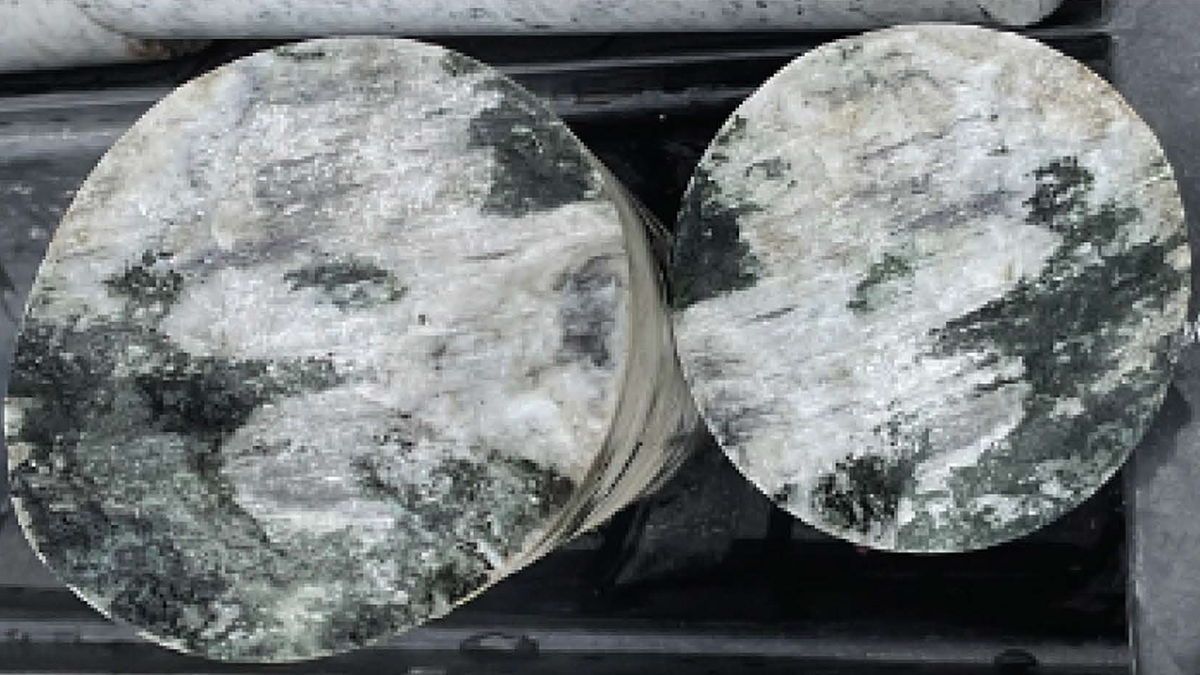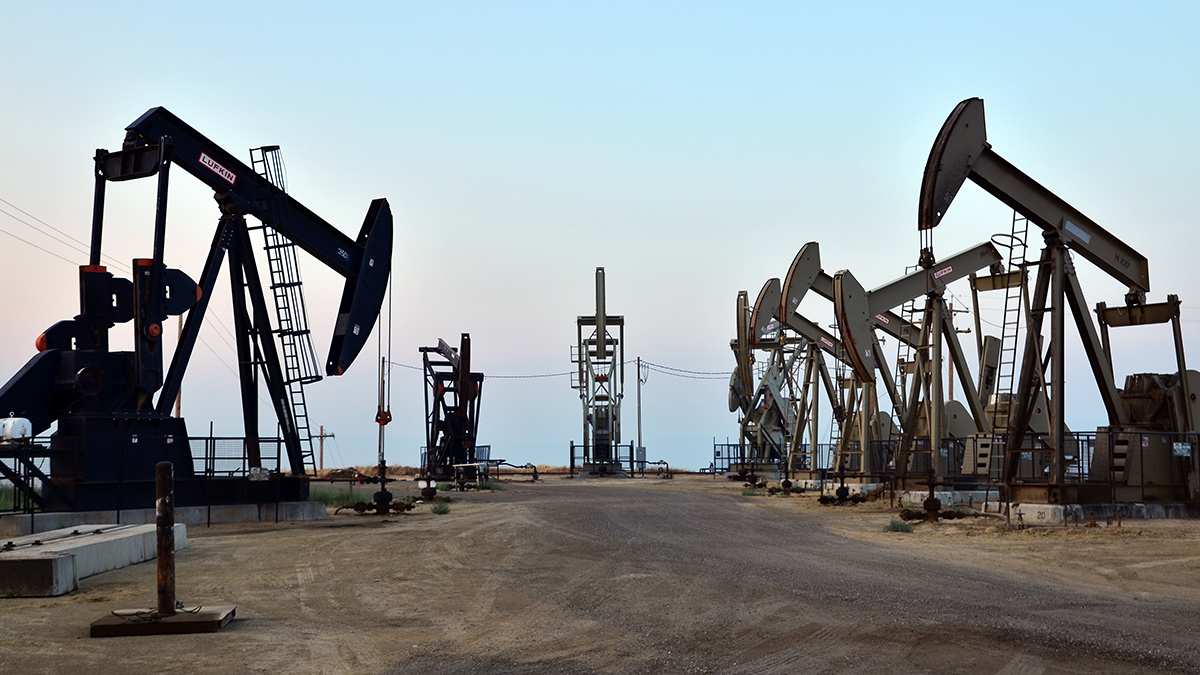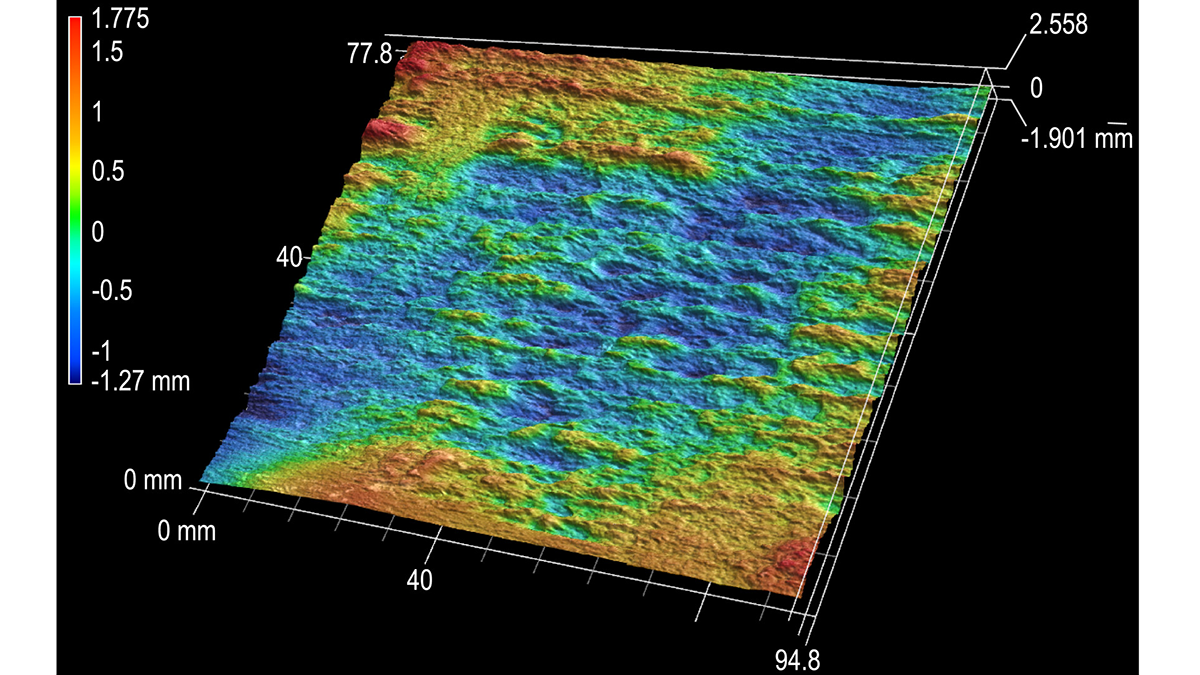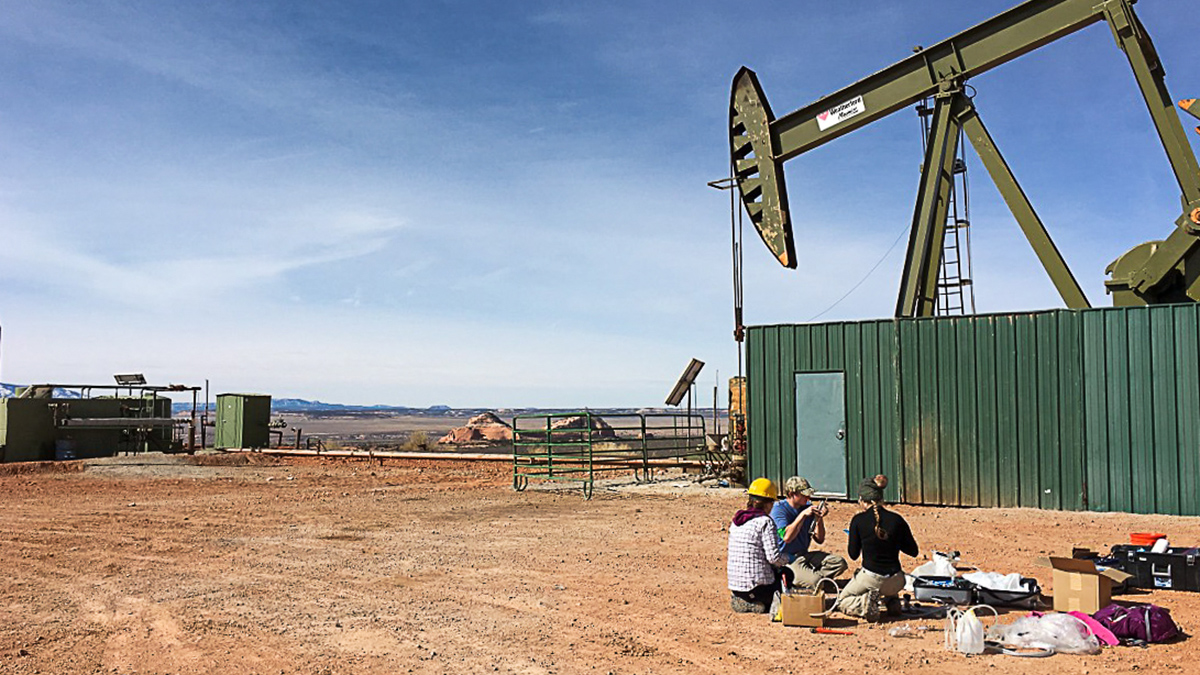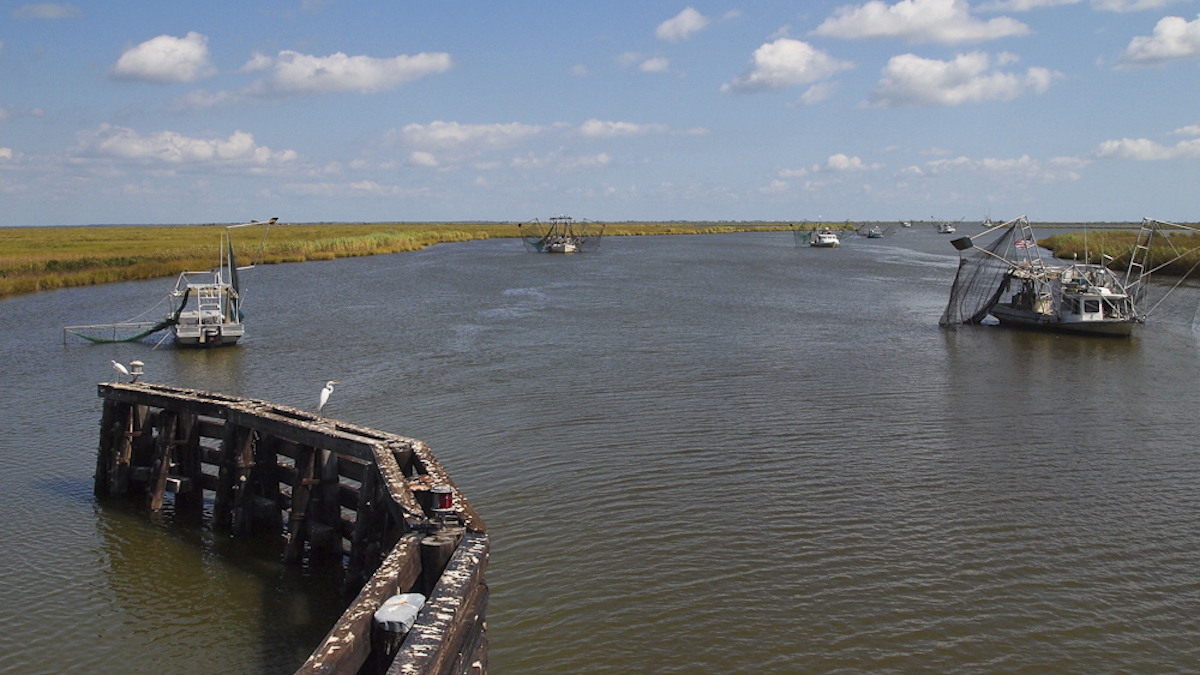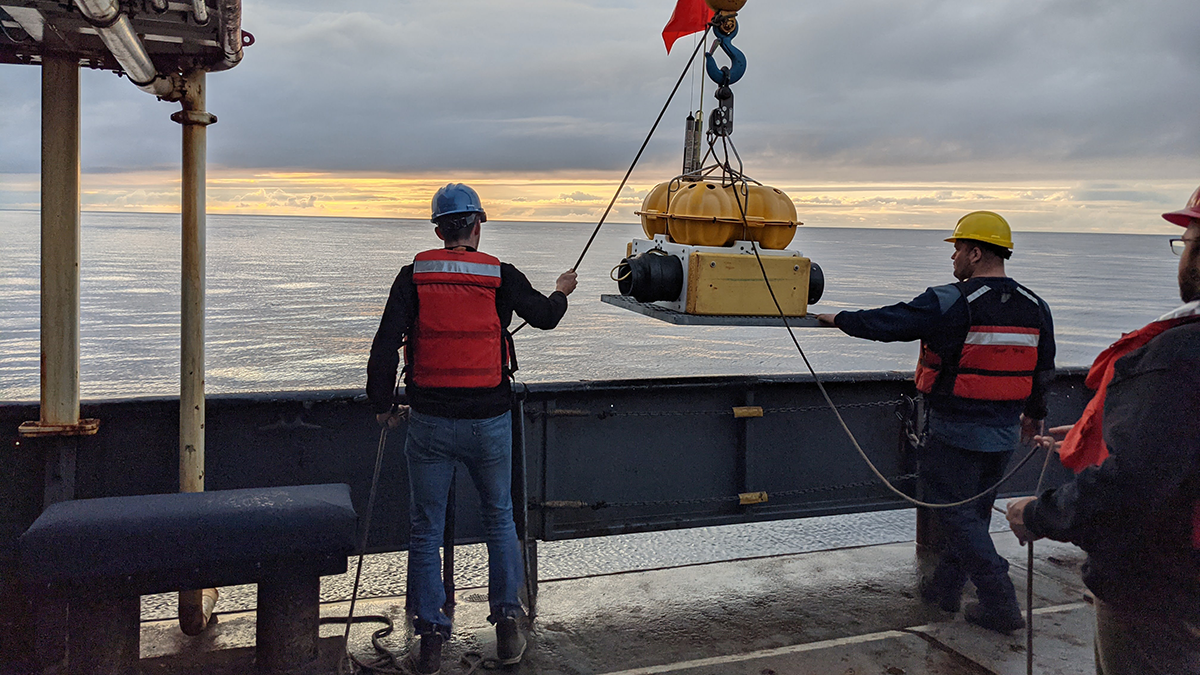A new book examines how fiber-optic cables installed in boreholes can monitor seismic activity, fluid flow, subsurface temperatures, and more.
oil & gas
Diverse Seismic Response in Hectometer-Scale Fracture System
An underground experiment with multi-stage stimulations reveals diverse seismic responses within a complex hectometer-scale fracture network, shedding light on induced seismicity behaviors at field scale.
Cooking with Gas Creates Unhealthy Work Environments
Even with ventilation, commercial kitchens can have air pollution levels that exceed health-related limits.
Oil, Gas, and COVID-19
Early in the pandemic, people living near oil and gas wells experienced higher rates of COVID-19 and related mortality compared with those with no exposure to well pollution.
Hydraulic Fractures Are Lazy
The layering of rock masses can help constrain and focus the growth of hydraulic fractures.
Anthropocene Activities Dramatically Alter Deep Underground Fluid Flux
Scientists call for improved understanding of how our influence on deep subsurface fluids and microbes might affect the larger Earth system.
Methane Emissions from the Oil and Gas Industry Are Triple Current Estimates
A new study using aerial data reveals that fossil fuel extraction and processing are responsible for far more methane than previously believed.
Mapping Sinking Land for Tribal Resilience in Louisiana
The Grand Caillou/Dulac Band of Biloxi Chitimacha Choctaw Tribe has been losing land to the sea, which could hamper efforts to gain federal recognition.
The Not-So-Silent Depths
A new book reveals that ocean depths are far from silent voids, but are actually alive with noise.
Candidates Commit to Fossil Fuels at Iowa’s Republican Debate
On the debate stage and at a separate town hall, DeSantis, Haley, and Trump downplayed climate change in favor of energy independence.


